While other schools of Buddhism seek to “attain” or “realize” enlightenment, the Shin Buddhist path is one of simply listening and opening one’s heart to receiving it.
Introduction to Shin Buddhism *
Shin Buddhism: The Path of Gratitude and Humility
There are many traditions of Buddhism, but one of the most compelling paths of Buddhism is the Shin Buddhist path, the path of gratitude and humility.
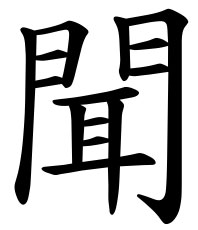
While other schools of Buddhism seek to “attain” or “realize” enlightenment, the Shin Buddhist path is one of simply listening and opening one’s heart to receiving it. The pursuit of enlightenment can become something like chasing after a mirage in the desert, you think you have arrived, only to find it disappear. Trying to grasp at or attain enlightenment can be like trying to grab a snowflake that falls. Once you grab it, you have crushed it. But if you open your hand and allow the snow to gently fall into your hand, the snowflake becomes yours, without any effort in grasping.
Simply Listening to and Receiving the Dharma
This is the Shin Buddhist path. Rather than pursuing enlightenment, we simply listen to the Dharma and receive it, and allow it to unfold into our hearts and minds. This does not require any particular lifestyle. You don’t have to become a monk or sit for hours in meditation. You can listen to the Dharma in your everyday life, no matter what you do or where you are.
Listening to the Dharma can mean listening to sermons or lecture, but it can also mean listening or talking to anyone. You never know who might be your teacher of the Dharma, if you have the ears and heart to listen. A taxi driver could be a teacher, or a bartender, or your worst enemy.
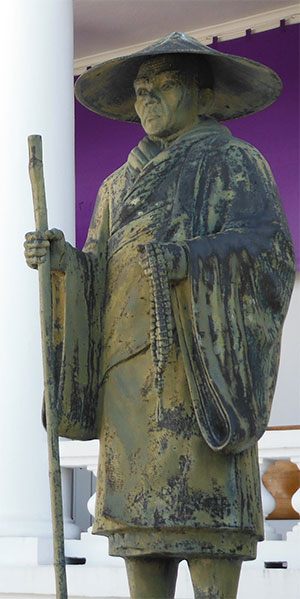
Shin Buddhism’s Founder
Shinran Shonin, the founder of Shin Buddhism (1200s in Japan), lived a life as a monk for twenty years, but could not find enlightenment in that setting or environment. He met a wonderful teacher, named Honen, who was teaching that the Dharma can be received whether one is a monk or lay. The lifestyle did not matter as much as having the right attitude in listening and receiving the teaching.
Honen taught Shinran that the Dharma is “received,” and that we must simply open our hearts and minds to it in gratitude. Shinran discovered this way of gratitude, the way of humility, through Honen’s compassionate teaching. Now the light of the Dharma began to permeate his heart and mind, illuminating and penetrating into even the darkest corners of his ego self.
The Life of Humility
The life of humility is the most powerful and dynamic life. In the West, we think humility means being weak, or passive, but humility is the true strength of life. We think that an oak tree is tall and firm, but in a strong wind, the oak tree breaks. A willow, or bamboo, however, is soft and flexible, and can bend and not break in a strong wind. A humble person is truly strong, whereas a rigid, stubborn person, is actually weak.
Everything in Life is a Gift
When we begin to look at life from the perspective of the recipient, that everything in life is a gift, what we know, what we own, what we have achieved, they are all in a sense gifts, because nothing can be accomplished on one’s own. The successful businessman is successful because of his customers, because of his employees, because of his business knowledge that he has learned from others. Even the Olympic gold medalist of course trains and accomplishes an amazing athletic feat, but in reality, it would not have been possible without coaches and teammates, family and supporters.
The Shin Buddhist way of life is the life of unending gratitude. The more one becomes grateful, the more one becomes humble. The more one becomes humble, the less one needs in life. The less one needs in life, the more one truly has.
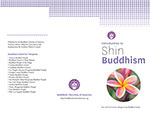 * The preceding text is from a brochure entitled “Introduction to Shin Buddhism” published by the Buddhist Churches of America, Southern District Ministers’ Association. The author is Rev. Marvin Harada, Orange County Buddhist Church. Used with permission. The complete set of brochures is available online.
* The preceding text is from a brochure entitled “Introduction to Shin Buddhism” published by the Buddhist Churches of America, Southern District Ministers’ Association. The author is Rev. Marvin Harada, Orange County Buddhist Church. Used with permission. The complete set of brochures is available online.
Shin Dharma Net
 Shin Dharma Net is a website curated by the Rev. Dr. Alfred Bloom of Hawaii, a pioneer of Jodo Shinshu studies in the English-speaking world. The site’s purpose and mission is to share information concerning Shin Buddhist tradition and Pure Land Buddhism as practiced and interpreted by Shin communities in the West, Japan, and other areas of the world.
Visit Shin Dharma Net
Shin Dharma Net is a website curated by the Rev. Dr. Alfred Bloom of Hawaii, a pioneer of Jodo Shinshu studies in the English-speaking world. The site’s purpose and mission is to share information concerning Shin Buddhist tradition and Pure Land Buddhism as practiced and interpreted by Shin communities in the West, Japan, and other areas of the world.
Visit Shin Dharma Net
Suggested Readings in Jodo Shinshu Buddhism
These titles are available at our Book Store.
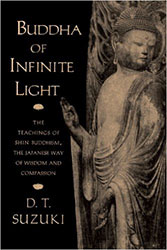
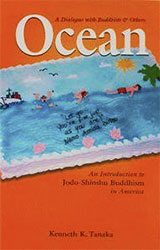
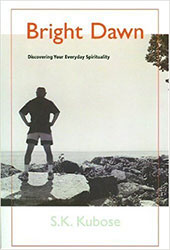
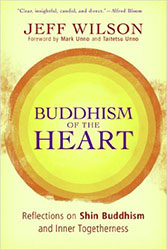
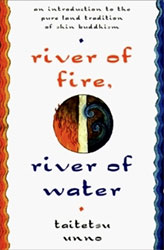
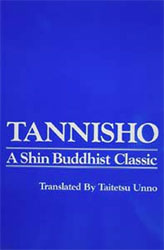
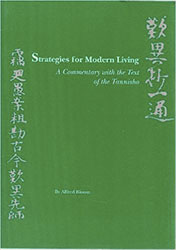
Name of Teaching
Jodo Shinshu (The True Essence of Pure Land Buddhist Teaching)
Founder
 Shinran Shonin
Date of birth: May 21, 1173
Date of death: January 16, 1263
Shinran Shonin
Date of birth: May 21, 1173
Date of death: January 16, 1263
Name of School
Jodo Shinshu Hongwanji‐ha
Head Temple
Ryukoku‐zan Hongwanji (Nishi Hongwanji)
Object of Reverence
Amida Tathagata (Namo Amida Butsu)
Scriptures
- Sutras: The Three Pure Land Sutras Delivered by Shakyamuni Buddha
- Bussetsu Muryōju Kyō [The Sutra of the Buddha of Immeasurable Life]
- Bussetsu Kammuryōju Kyō [The Sutra of Contemplation of the Buddha of Immeasurable Life]
- Bussetsu Amida Kyō [The Sutra on Amida Buddha]
- Shinran Shonin’s writings
- Shōshin Nembutsuge [Hymn of True Entrusting Heart and the Nembutsu], excerpt from the "Chapter on Practice" of Kyōgyōshinshō
- Jōdo Wasan [Hymns of the Pure Land]
- Kōsō Wasan [Hymns of the Pure Land Masters]
- Shōzōmatsu Wasan [Hymns of the Dharma‐Ages]
- Rennyo Shonin’s Gobunshō Letters
Teaching
Attaining the "entrusting heart"–awakening to the compassion of Amida Tathagata (Buddha) through the working of the Primal Vow–we shall walk the path of life reciting Amida’s Name (Nembutsu). At the end of life, we will be born in the Pure Land and attain Buddhahood, returning at once to this delusional world to guide people to awakening.
Way of Life
Guided by the teaching of Shinran Shonin, we shall listen to the compassionate calling of Amida Tathagata and recite the Nembutsu. While always reflecting on ourselves, amidst our feelings of regret and joy, we shall live expressing our gratitude without depending on petitionary prayer and superstition.
Purpose
The Hongwanji school is a community of people joined together revering the teaching of Shinran Shonin and saying the Nembutsu. We seek to share with others the wisdom and compassion of Amida Tathagata. By doing so, we shall work toward the realization of a society in which everyone is able to live a life of spiritual fulfillment.
